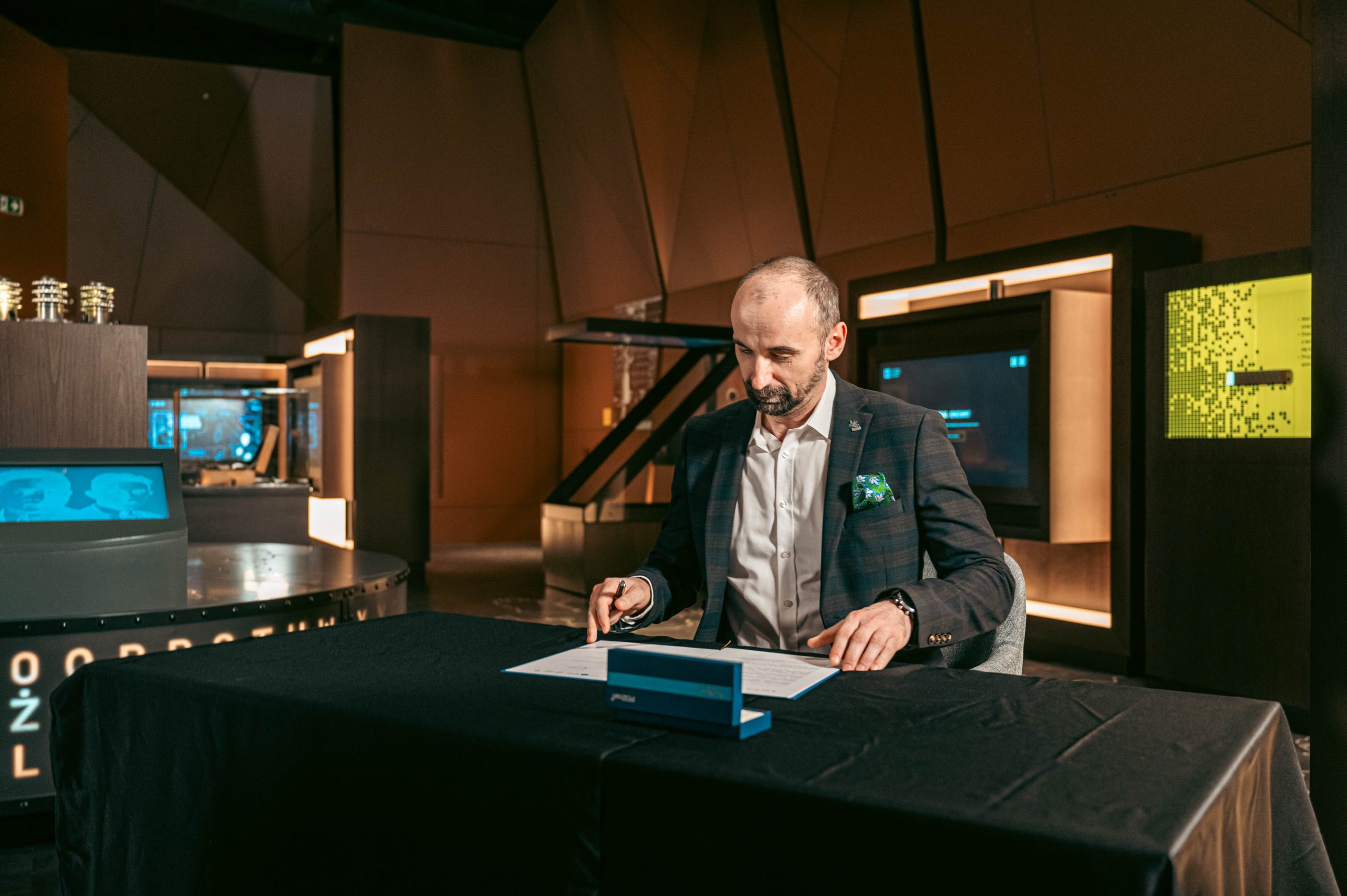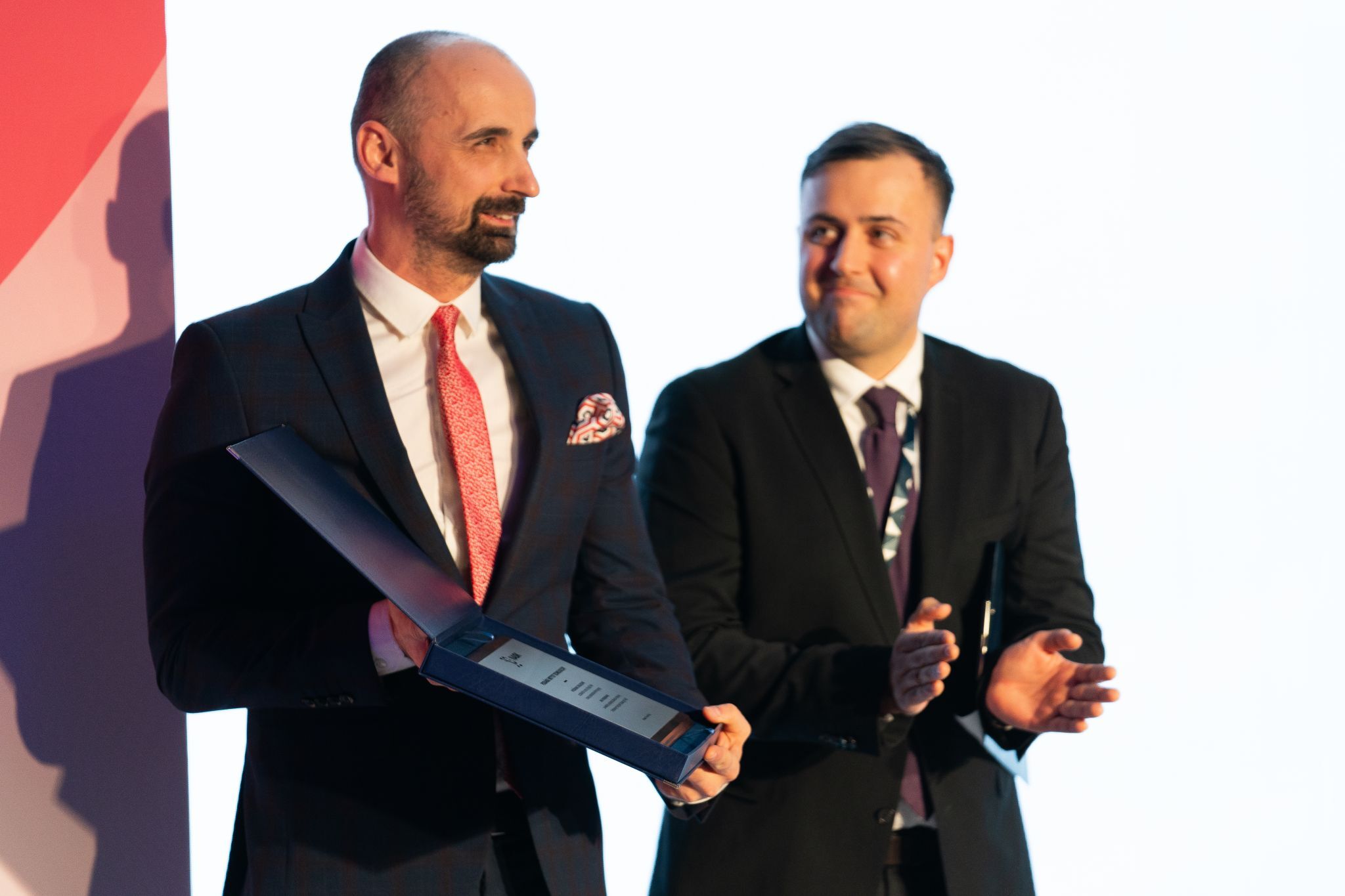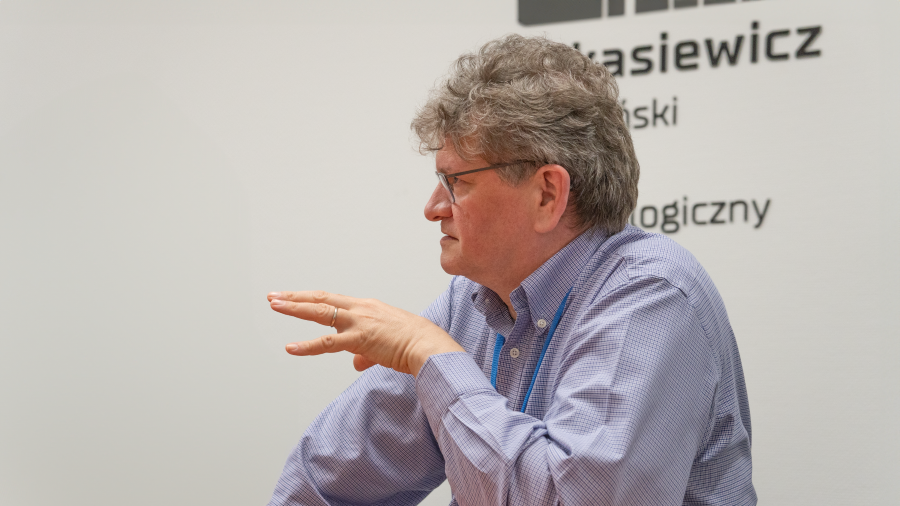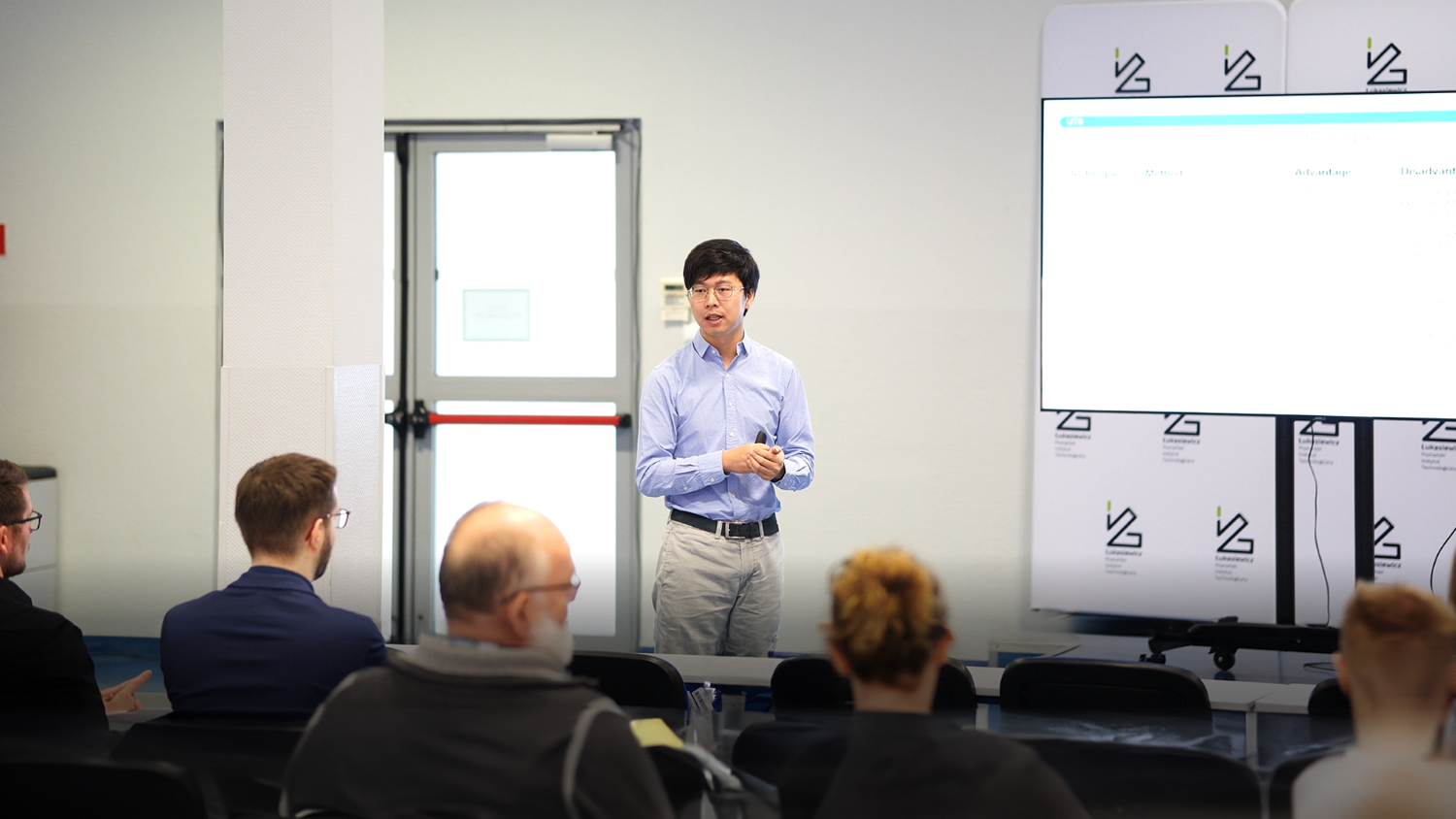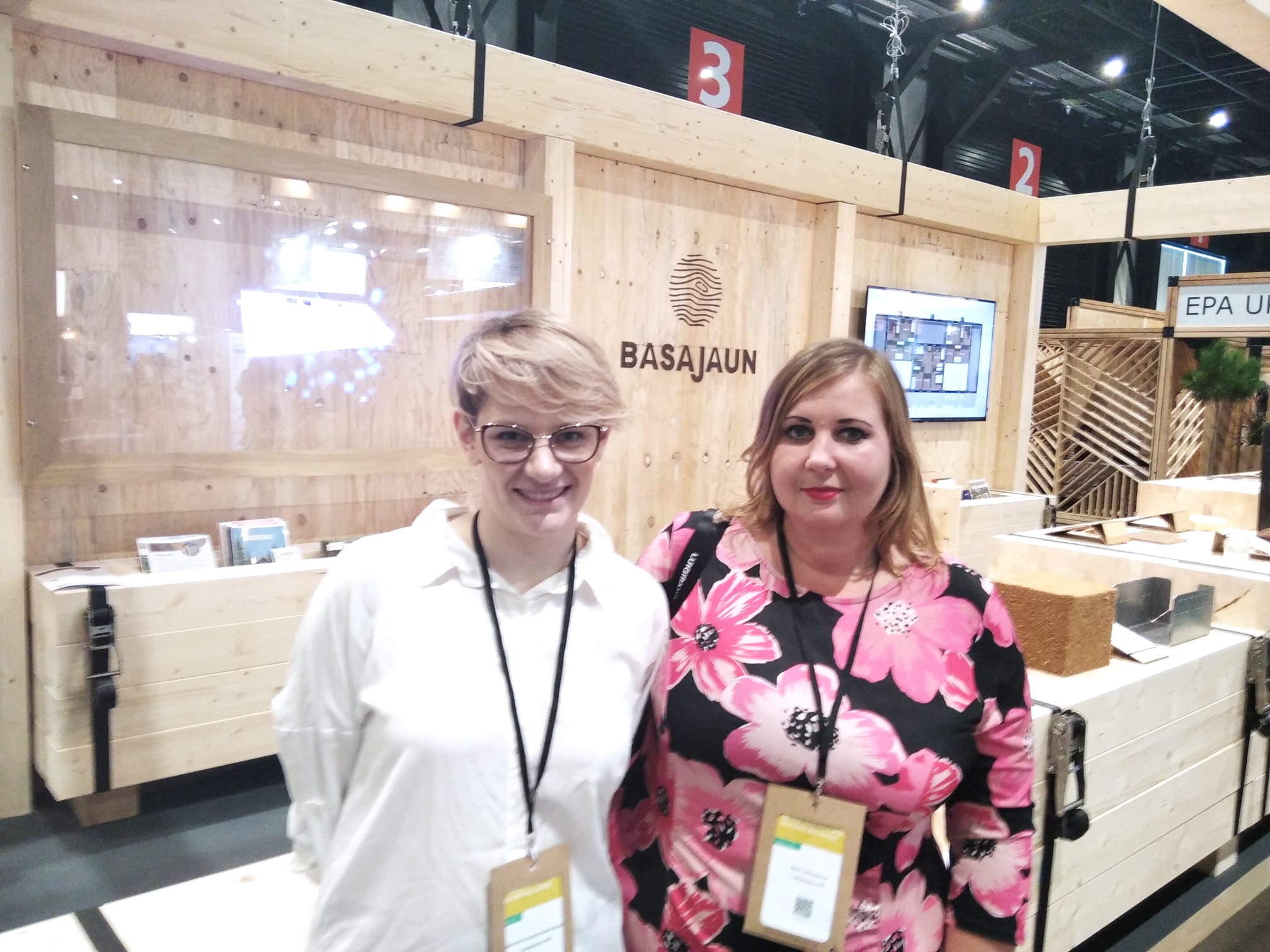MXenes could revolutionise the defence industry
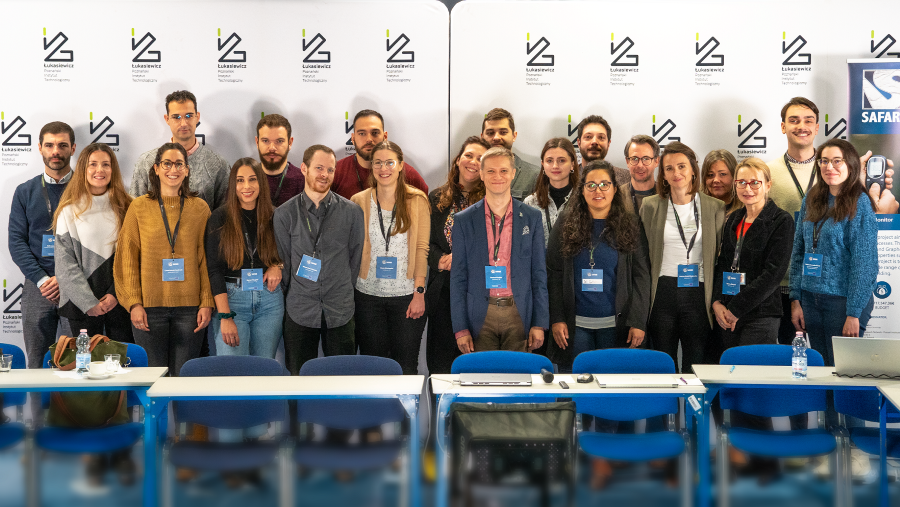
This could be a ‘game changer’ in materials engineering. MXenes are a group of materials that can be used in the manufacture of battery cells, protection against electromagnetic radiation or the construction of sensors. Work on the project is being started by researchers from the Łukasiewicz-Poznan Institute of Technology in a consortium with ten partners.
MXenes are a family of two-dimensional (i.e. single atomic layer) materials called transition metal carbides, nitrides and carbide-nitrides. They are characterised by high electrical conductivity and are intrinsically hydrophilic.
It is a relatively new material, only discovered in 2011 by researchers at Drexel University in the United States. Researchers at a number of centres are now working on developing methods for its manufacture, characterisation or applications. It is already clear that there could be many.
– Based on the knowledge we have already gathered about them, we know that MXenes could be a so-called ‘game changer’ in materials engineering,” explains Dariusz Garbiec, Ph.D., deputy director of the Łukasiewicz-Poznan Institute of Technology and coordinator of the SAFARI project. – Today, it is already clear that MXenes will have applications in energy storage, electromagnetic field shielding, water purification, sensor and biosensor construction, lubrication or catalysis, he adds.
MXenes can have applications in the aerospace and defence industry, and this is one of the directions in which the SAFARI project is being pursued by Łukasiewicz – PIT in collaboration with foreign partners: Creative Nano, Universidad de Burgos, Instituto Tecnológico del Embalaje Transporte y Logística, Instituto de Soldadura e Qualidade, AIMEN Centro Tecnológico, Danish Technical Institute, Israel Aerospace Industries, ThinkWorks, AXIA Innovation and Metrohm Drop Sens.
– Thanks to the technology developed as part of SAFARI, we may be able to produce shields protecting not only against electromagnetic radiation, but perhaps also electromagnetic pulses, which could revolutionise the defence industry,” says Dariusz Garbiec, Ph.D., Eng. – The release of a strong electromagnetic pulse by an enemy actually disables all electronics. Every car, tank or aircraft becomes unfit for combat use and then all that remains is a return to traditional equipment without electronics. But that is not the point after all. This example shows the strength, importance and potential of this new family of materials, which can be successfully used mainly in the armaments industry,” he adds.
As part of the SAFARI project, researchers will develop a complete technology for producing MXenes. The one currently used is inefficient (on the order of a few per cent), difficult, expensive and not very environmentally friendly. It uses hydrofluoric acid, which is harmful to human health and the environment. The new technology will be more efficient – the first trials already indicate this – and is expected to significantly reduce the use of acids.
The project also involves the first trials of applications of the produced materials, including for sensors for the medical industry, or for the aforementioned electromagnetic field shielding for the defence industry.
SAFARI is the second largest funded research project under Horizon Europe. It is worth €3.7 million and involves 11 consortia, and is coordinated by Lukasiewicz – Poznan Institute of Technology.
